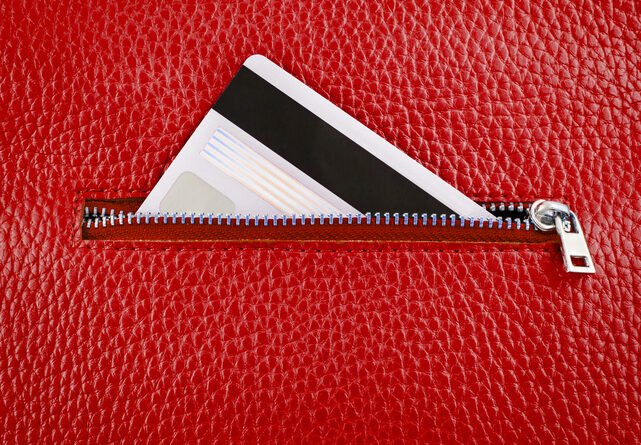Why credit cards are probable victims of the UPI revolution
UPI will be in a position to combine payments, buy-now-pay-later credit, and credit card functions
“It is now proposed to expand the scope of UPI by permitting operation of pre-sanctioned credit lines at banks through the UPI,” said the RBI Governor’s statement, towards the end, announcing the Monetary Policy Committee’s decision to pause policy rate changes. This proposal is fairly anodyne and anaemic, in comparison to, say, the Red Queen’s curt command, “Off with his head!” But make no mistake, it is no less effective a death sentence, directed, in this instance, at credit cards.
Of course, using the Unified Payment Interface (UPI) to make payments out of a pre-sanctioned credit line need not be limited to credit card substitutes. But the practice would definitely apply to UPI-based challengers to the venerable credit card.
What does a credit card do? The card-issuing entity gives the card holder a line of credit that she is free to utilise without any cost, provided the borrowed amount — normally used to pay for a purchase or settle some due — is paid back within the stipulated grace period. The card issuer trusts cardholders to lack the discipline to pay up their dues every month in full, and collects interest at a steep rate on the payment that is carried over to the next period. This function can be performed just as well using UPI, with a pay-later account, which represents the line of credit the bank gives a customer, from which payments can be made using UPI, using a phone to make the payment.
Normally, when one uses UPI to pay a merchant or send money to another individual’s bank account, the money is debited straight from the balance one has with the bank. There is no credit involved. Once a credit line is established, the UPI payment would debit the credit account. As much can be drawn from this account as has been sanctioned. If the account holder pays back the credit within the stipulated grace period, there would be no interest charged on the credit utilised. If the full amount of credit is not paid back, the bank can levy interest on the outstanding amount at a rate of interest that is competitive vis-à-vis other banks and credit cards.
In this fashion, all the functions performed by the credit card can be performed by the overdraft account attached to a normal deposit account, mediated by UPI.
UPI makes a physical card redundant
Use of the card involves the card issuer, the cardholder, the merchant, who accepts the card for payments, the card acquirer (that is what the bank that deploys the card swipe machine at the merchant outlet is called; the card acquirer debits the cardholder’s account and credits the amount to the merchant’s account with the acquiring bank), and a card network, such as Visa or MasterCard.
For online payments, there would, additionally, be a payment gateway. The merchant bears a so-called merchant discount rate, or the Interchange Fee, typically 2 per cent of the value of the transaction, to reimburse all the players involved. With UPI and the RuPay cards operated by the National Payments Corporation, which provides the switch through which inter-bank transfers take place via UPI, the cost of the transaction is much less.
UPI renders the physical card redundant. The phone, capable of scanning a QR code, becomes the payment instrument, as well as bearer of the authentication code. Expensive card networks can be replaced with homegrown National Payments Corporation of India as the payment system operator.
Replicating the ecosystem
A bank is supposed to know its customer, her credit history and likely future credit conduct. It can set the credit limit, akin to an overdraft on the deposit held with the bank, based on its knowledge and assessment of the customer’s credit risk. The bank can keep track of how much of a customer’s overdraft account has been tapped in any given period. Between the National Payment Corporation and the banks, these can take on all the functions of the credit card ecosystem. The card networks, in short, would become redundant, except in the case of external payments, in regions that are not familiar with UPI and have not adopted it.
UPI would be in a position to combine payments, buy-now, pay-later credit, and credit card functions. The only requirement is an entrepreneurial bank capable of making use of UPI’s versatile possibilities.
Use of UPI for cross-border remittances and settling rupee trade transactions among nations is entirely feasible. RBI Governor Shaktikanta Das expressed the hope that marrying UPI to established credit lines by banks would enable innovation. Indeed, it could lead to a whole lot of creative destruction. Credit cards should now be added to the UN’s list of endangered species.
(TK Arun is a senior journalist based in Delhi)
Source: TK Arun




